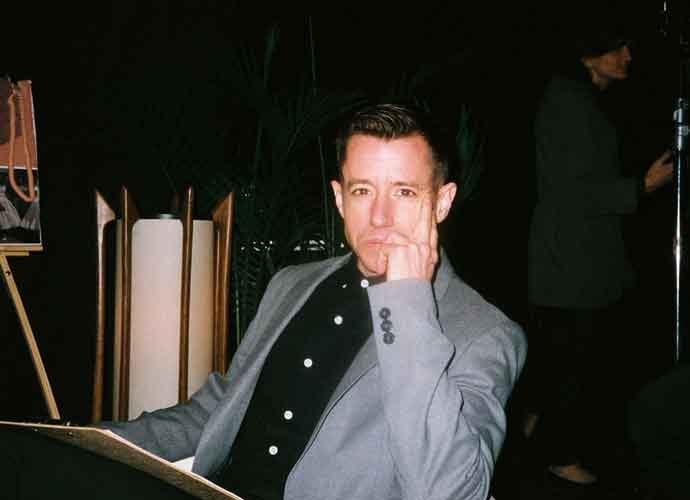VIDEO EXCLUSIVE: ‘Framing Agnes’ Director Chase Joynt & Jules Gill-Peterson On Unlocking Trans History
Framing Agnes, the winner of this year’s Sundance Film Festival‘s NEXT Audience and NEXT Innovator awards, does just what the title suggests and more. The groundbreaking film invited the Sundance audience to engage in history through the case files of trans woman Agnes, a participant in researcher Harold Garfinkel’s UCLA gender health research in the 1960s. Agnes later became known as a pioneer in the trans community for her ability to “work” the repressive system she inhabited by convincing doctors to give her the hormones she needed.
“Agnes is this iconic figure in the history of social science,” said Johns Hopkins trans history professor Jules Gill-Peterson, who is in the film, told uInterview’s Erik Meers. “She is this larger-than-life character. She contested and troubled a lot of the heavyweights in academia in social science, psychology and medicine. She lingered on a cautionary tale – a sort of case study in the deceit of trans people or the difficulty of working with trans people. She’s always loomed large and for a lot of people in our community, she on the contrary was a bit of a hero – someone we looked up to who was able to outwit some pretty powerful men and get what she needed to get. Agnes is sort of like a story. She’s less a person and more like a symbol, depending on whether you want to read that as a symbol of something positive or something negative.”
“Agnes has always been one of those people that you just can’t refuse,” Gill-Peterson added. “She’s too interesting. She’s too important, but the risks and the rewards are equally high.”
Agnes approached the UCLA Medical Center in the 1960s seeking gender reassignment surgery. In writer and director Chase Joynt‘s award-winning film, he explores Agnes’ experiences and widens the lens of the complexities she faced by merging history, media, trans healthcare, cultural content and themes of isolation.
Joynt elaborated on his approach to telling the intricacies of the story in a way that resonated with the audience.
“One of the things that was so compelling to me was to pay less attention to the extraordinary life details being disclosed in these encounters and to look at the questions,” Joynt said. “Immediately, you begin paying attention to the types of questions being asked by researchers at the time. You can find and encounter resonances in the ways in which trans people are questioned in, by and through the media. In our film, we collapse those contexts and we try to think about medicine and media simultaneously as these institutional engines that produce enduring meaning about trans and gender non-conforming people.”
Explaining the meaning behind the documentary proved to be a tough task in the multiple-themed project. Most films leave an audience with a clear picture of how they should feel, but Joynt hoped for just the opposite.
“I’m not particularly worried if you end our film and you end up forgetting about Agnes,” he said. “For me, the agenda is much deeper and is much more process-based around trying to make a world within and outside of a film that does right by its people. Collectively, we’re trying to engage a much more complex portrait about what it means to engage trans history, and for me, what it means to engage documentary.”
“I think we can have an emotionally fulfilling engagement with films that don’t tell us how to feel,” Joynt added.
To watch the film is to engage in the story, at least that’s the goal.
“It’s a film about us and you,” Gill-Peterson said. “It’s a film about the relationship between trans people and the audience. What people are going to take away from it is their experience of coming with us on a journey and being an active part of the process of asking questions and reflecting and seeing how far we can push the limits of telling stories.”
RELATED ARTICLES
Get the most-revealing celebrity conversations with the uInterview podcast!









Leave a comment